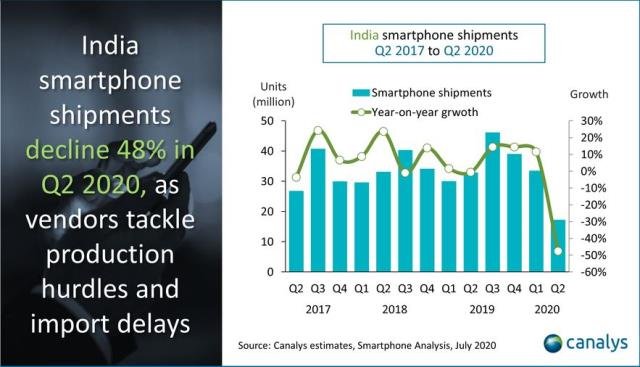Reliance Industries (RIL) has asked local suppliers to enhance production capacity India in order to manufacture as many as 200 million smartphones over the next two years, Bloomberg reported.
 Mukesh Ambani-promoted RIL has initiated talks with assemblers to make a version of its Jio phone that would run on Google’s Android and cost about 4,000 rupees ($54), the report indicated.
Mukesh Ambani-promoted RIL has initiated talks with assemblers to make a version of its Jio phone that would run on Google’s Android and cost about 4,000 rupees ($54), the report indicated.
The inexpensive phones will be marketed with low-cost wireless plans from Reliance Jio, the parent company’s carrier. Reliance Jio has around 400 million subscribers on its 4G network across the country.
“We are of trying to build our domestic companies. We have a sweet spot in entry level phones,” said Pankaj Mohindroo, chairman of the India Cellular & Electronic Association, during an interview on Bloomberg Television.
Jio, the number one telecom operator in India, on Tuesday introduced a range of plans that, for as low as 399 rupees, offers not just data but also subscriptions to services from Netflix to Amazon Prime.
 Reliance’s target of selling 150 million to 200 million smartphones over two years would represent a massive boost for local manufacturing factories.
Reliance’s target of selling 150 million to 200 million smartphones over two years would represent a massive boost for local manufacturing factories.
India assembled an estimated 165 million smartphones in the year ended March, and about an equal number of basic feature phones. About a fifth of the smartphones cost less than 7,000 rupees, or about $100.
Reliance rival Bharti Airtel is also in talks with assemblers to build its own 4G device, local media has reported.
Reliance in July struck an alliance with Google, in which the Alphabet unit would invest $4.5 billion and cooperate on technology initiatives. The partnership is under regulatory review so Reliance is proceeding with the mobile phone initiative on its own for now.
“Jio has an opportunity to target more than half billion Indians who don’t own smartphone,” said Neil Shah, research director at Counterpoint Research. “With Reliance expected to work with Indian vendors, Chinese brands will lose out on a potential opportunity and market share.”





